Children can be such monsters, but none quite like Abigail. When you sink your fangs into the horror-comedy on home video, you can enjoy an audio commentary by directors Matt Bettinelli-Olpin and Tyler Gillett and editor Michael P. Shawyer.
Here are seven things I learned from the Abigail commentary…
1. Abigail’s father is revealed early in the film.
Matthew Goode as Abigail’s vampiric crime lord father, Kristof Lazaar, is treated as a reveal in the final act, but Eagle-eyed viewers will notice a framed picture of him on a nightstand in Abigail’s bedroom.
The filmmakers point out that Abigail’s other nightstand features photos of Bettinelli-Olpin’s cats and Gillett’s dog.
2. 10 minutes were cut after a preview screening.
Feedback after Abigail‘s first preview screening resulted in 10 minutes being cut to tighten the pacing, which the filmmakers concede was a good note. Among the changes, two early scenes between Joey and Abigail were combined: one with Joey loosening Abigail’s handcuffs and another in which they make a pinky promise.
“Once we sort of identify the threat and live with the characters and establish the audience’s hopes and fears of what could happen to them, we needed to get to the next big, cool, fun, juicy moment that everyone’s waiting for,” Shawyer elaborates.
“To get to that, we received a note, and it worked to combine. What it did for the scene is actually give the scene more dynamic range and let you feel more of the emotions and bond with these two characters in that moment.”
3. An old-school camera technique was used to create impact.
The bloodshed in Abigail combines practical effects with digital enhancements, but an old-school camera technique was employed for when Dean smashes his face on the stairs.
“That face hitting the step is actually a shot that was shot in reverse and then played in reverse in the movie,” says Gillett. “There are a few instances of that to create a real sense of impact.”
He also notes that Angus Cloud’s co-star in the scene, a mouse named One, had strawberry jam put on its cheeks to achieve his “amazing performance.”
The same reverse-shot technique was utilized when Melissa gets stuck to the library pillar.
4. Dancing played a smaller part in the original script.
The dance element was “a very small texture in the script originally.” The film was to start in a dance studio before the production gained access to Dublin’s Bord Gáis Energy Theatre for the opening sequence.
As Gillett describes, “We were like, ‘Oh, great! That’s a giant theatre. Well, that changes the tone and the vibe. Okay, cool. Let’s lean into that.’ And then meeting Alisha and finding out that she can dance and is really good. We were like, ‘Let’s lean into that. Let’s use that to our advantage.’”
The serendipity continued with Kathryn Newton, who has classical dance training. Bettinelli-Olpin pondered, “What if Abigail’s having fun, and it’s more than just a moment and we make a dance out of it ’cause Kathryn can do it? That led to the idea of, ‘We should see Alisha puppeting her.’ And then we were like, ‘Well, let’s get a song.’”
The puppeted dance was choreographed to an electric guitar version of Swan Lake to echo the opening scene. The filmmakers chose Danzig’s “Blood and Tears” in post-production, and Shawyer edited the scene to match the new music after the studio and Danzig signed off on the use of the song.
5. Dan Stevens’ character name is a reference to horror filmmakers.
Dan Stevens’ character’s real name is a reference to horror filmmakers Adam Wingard and Simon Barrett, for whom he starred in The Guest and with whom Radio Silence collaborated on V/H/S.
“Frank’s real name, Detective Adam Barrett, is a shout-out to Adam Wingard and Simon Barrett, friends of ours who worked with Dan Stevens in The Guest, which is one of our favorite movies of theirs,” notes Bettinelli-Olpin.
Gillett follows it up with the thought on everyone’s mind: “When is The Guest 2 coming out? That is the question.”
6. The library set required an elaborate lighting setup.
While most of the mansion was shot on location at Dublin’s Glenmaroon House, the library was a set that allowed for an elaborate lighting setup.
“There is a huge lift outside of the library set with this massive 8-foot by 8-foot mirror, and we’re pushing I think it’s probably an 8K [light] into the mirror, and then that mirror is aimed back through the window,” Bettinelli-Olpin explicates.
“Aaron [Morton, director of photography] talked so much about the science and how the shadows would only look right if the source of light was further away, and the only way to get the source of light far enough away was to have a light on the ground and a mirror in the sky bouncing light through that window. It, to his credit, looks fucking amazing.”
Bettinelli-Olpin adds, “Aaron also poked a giant hole in our vampire lore when he was like, ‘Isn’t moonlight just reflected sunlight? So why can they go out at night? Which, again, we chose to ignore,” they chuckle.
7. The SAG-AFTRA strike benefited the production.
Abigail was one of the many productions halted due to the 2023 SAG-AFTRA strike, but it actually benefited from the break. Impressed with the footage shot before the strike, Universal provided additional resources for the climactic battle between Joey and Frank.
Gillett explains that the studio was “really excited about the potential of this third act showdown. So they gave us more resources, more time when we got back to just really blow the roof off.
“We brought in this amazing stunt guy and second unit director named Wade Allen. He and his team at 87North helped us build and kind of redesign a bit of this final bit of choreography just to feel like it was less kick-and-punch-and-fight and more like it had the character beats within it that could only be in this movie.”
Allen, the husband of actress Annabeth Gish, earned two Emmy Awards for Outstanding Stunt Coordination for his work on Barry.
Abigail is available now on Blu-ray, DVD, and Digital.








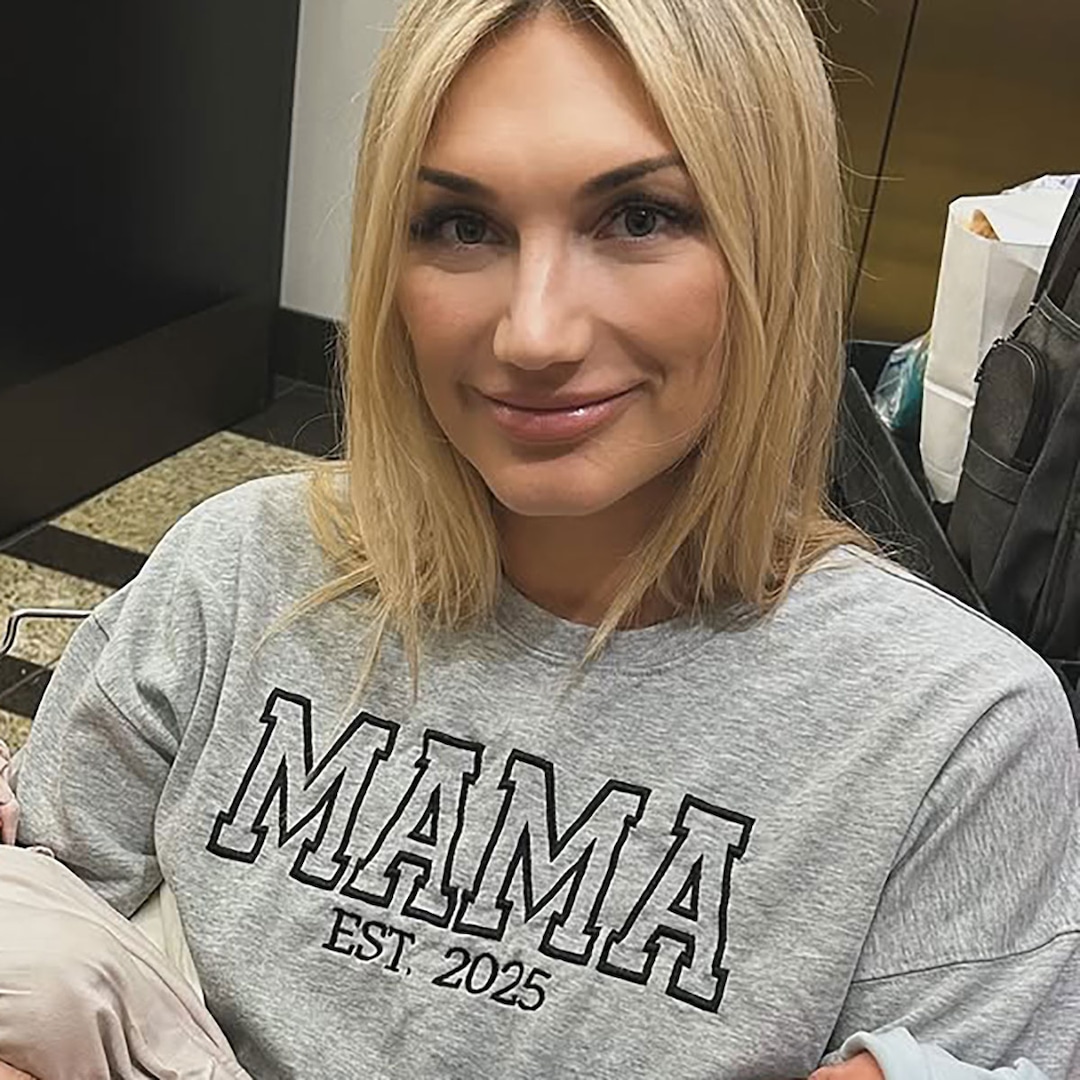











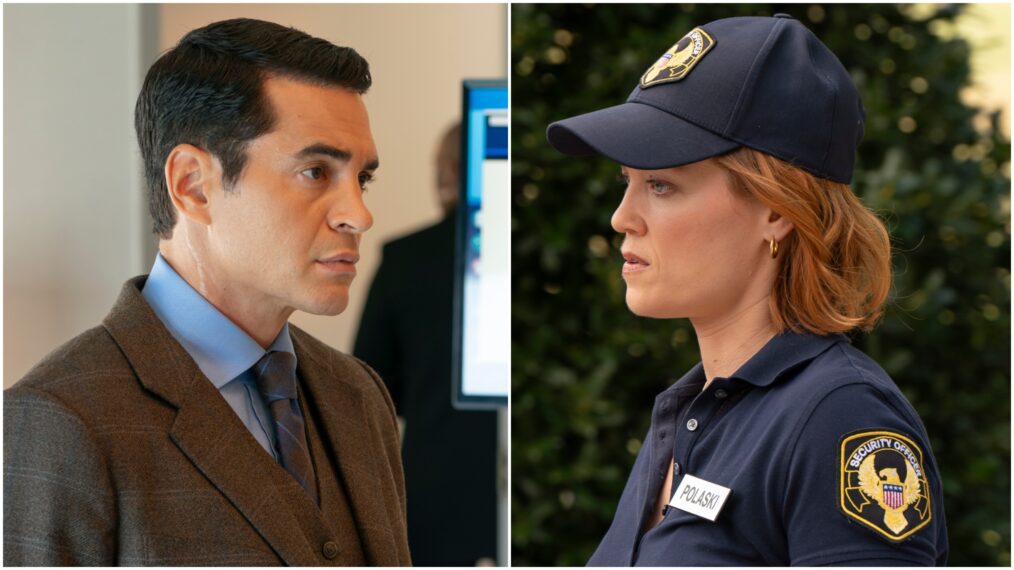


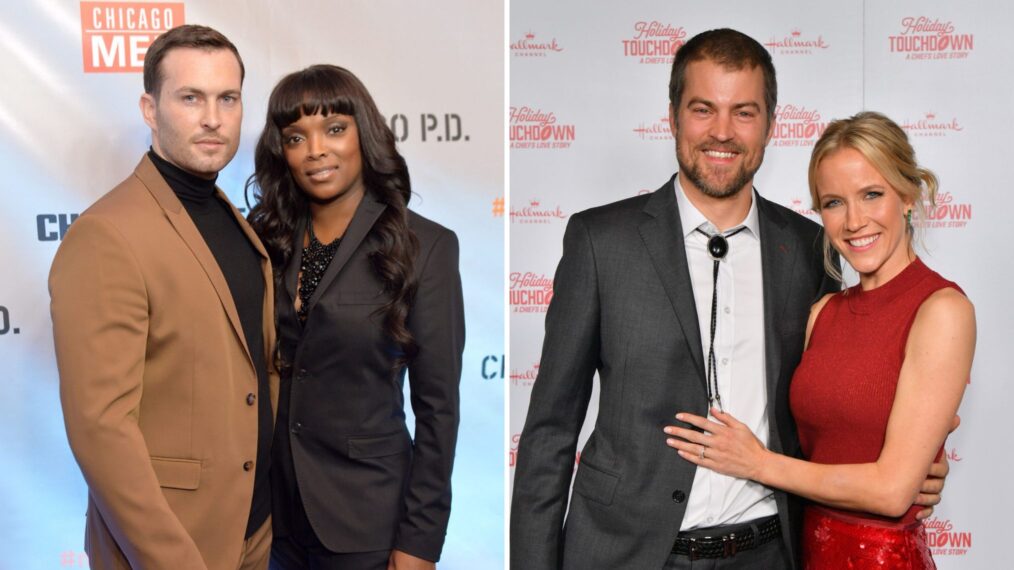
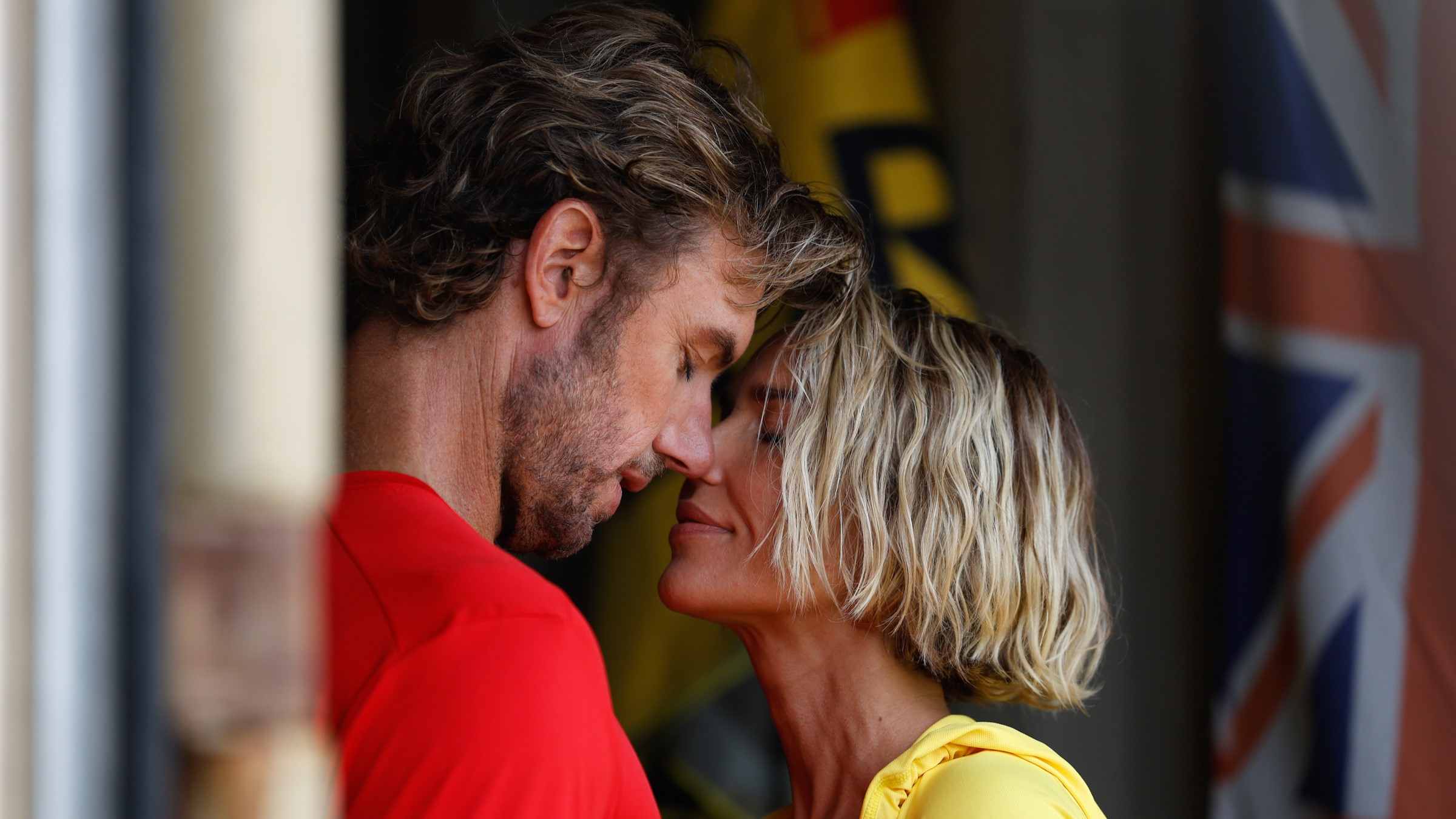












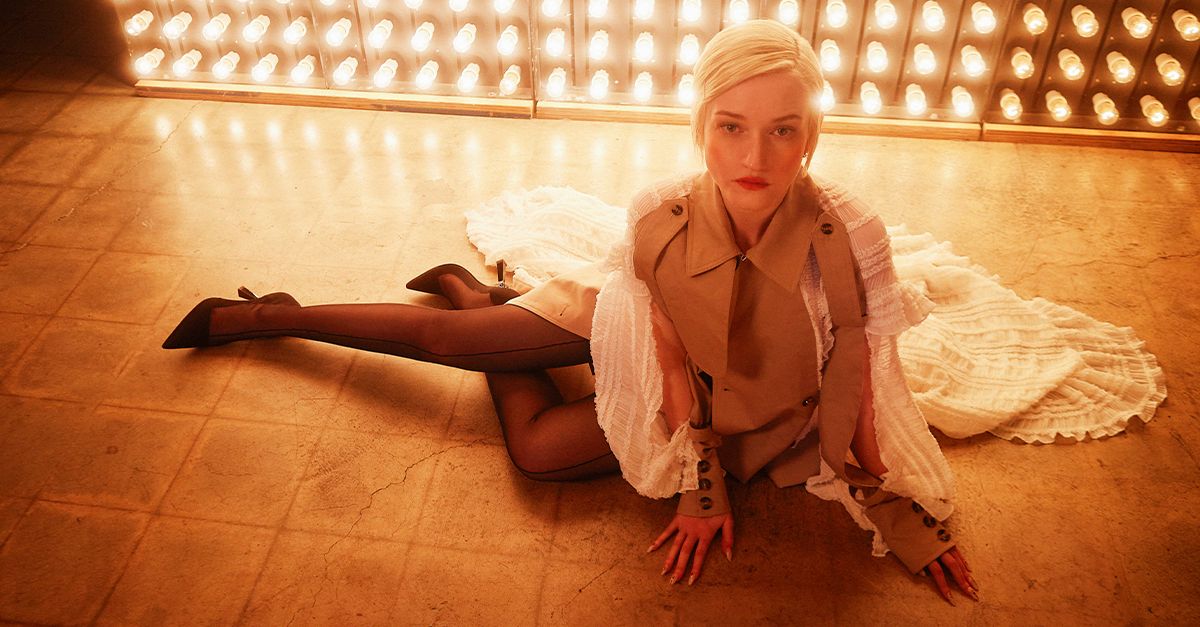




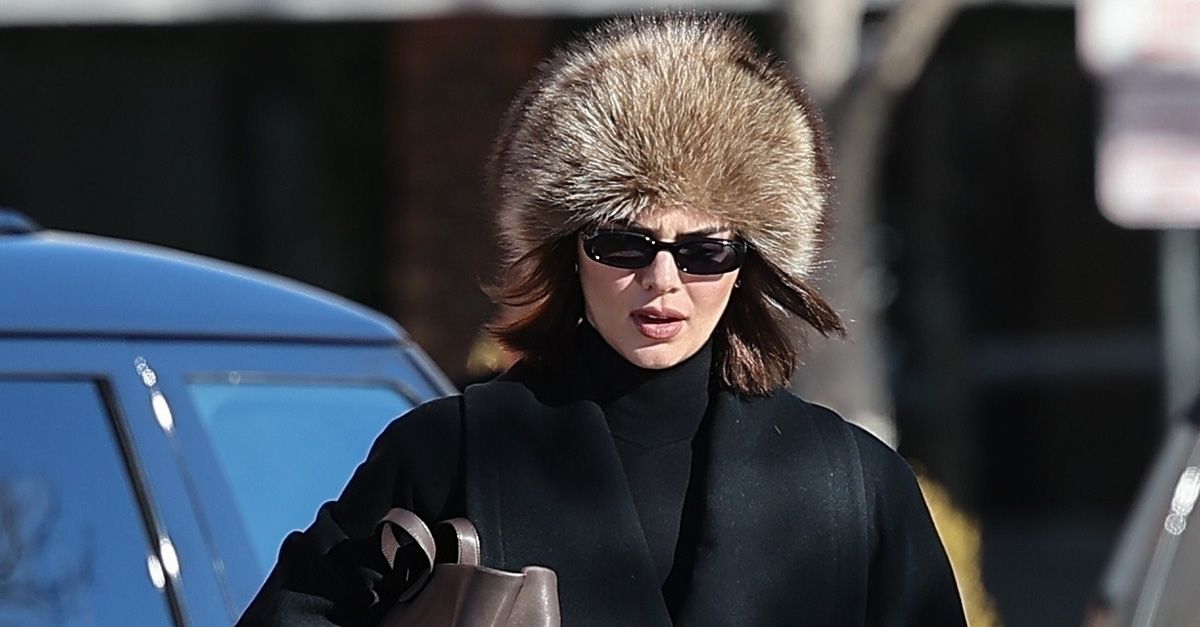

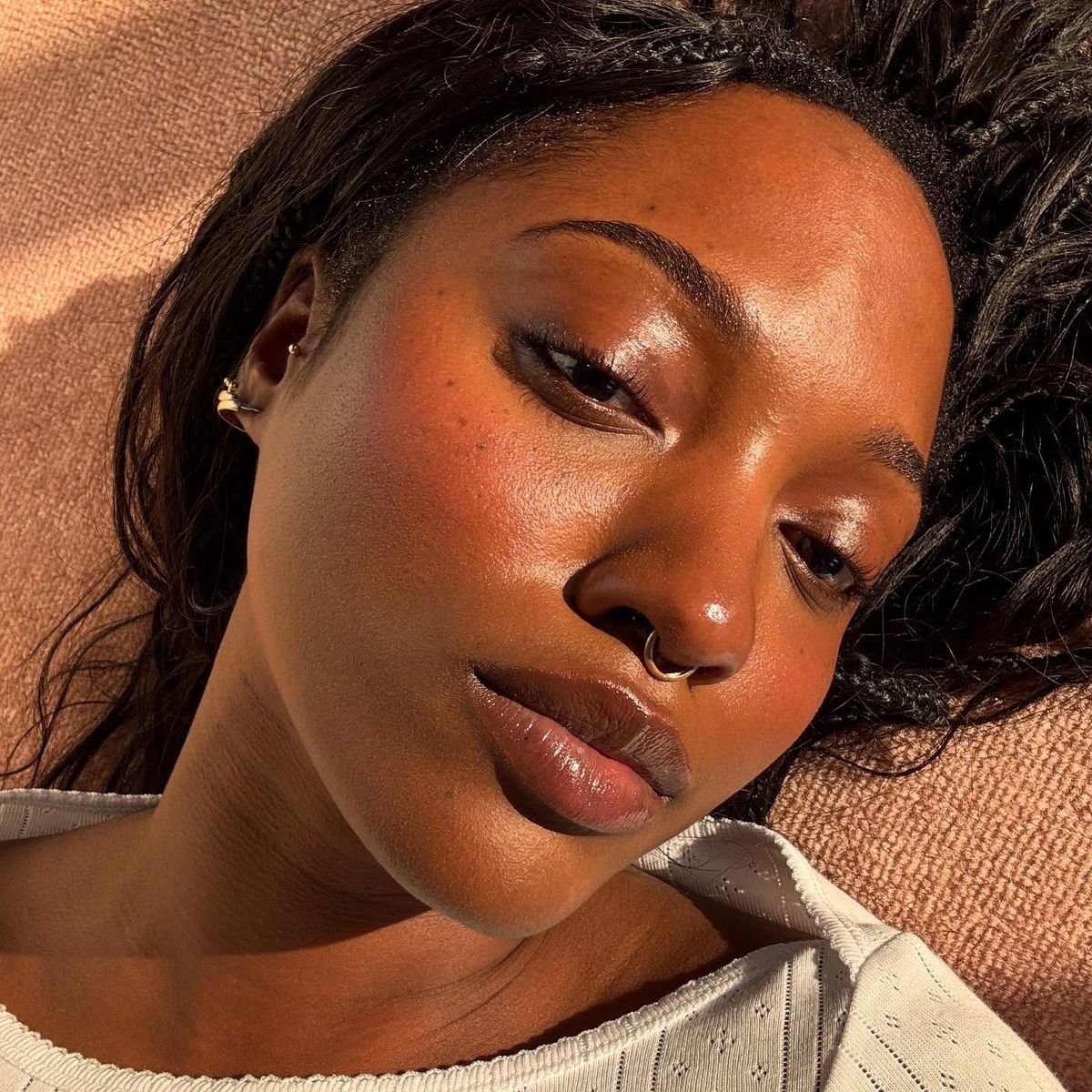











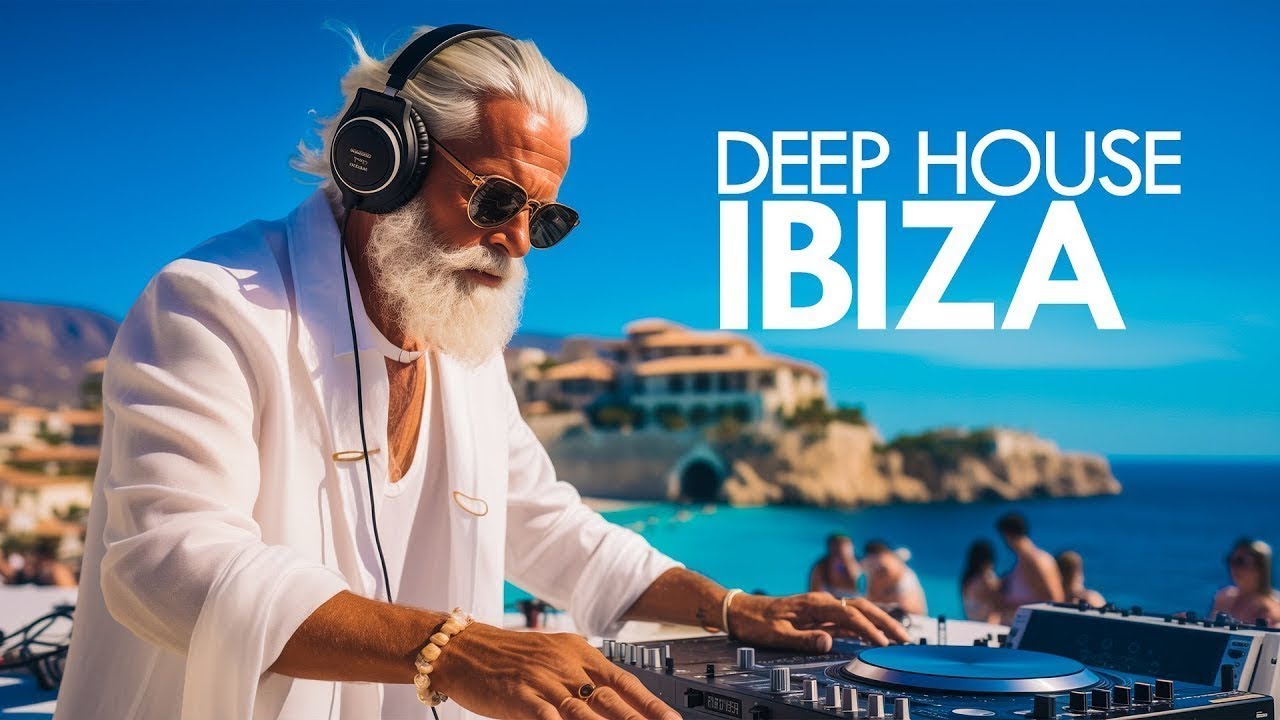

![Mason Ramsey – Twang [Official Music Video] Mason Ramsey – Twang [Official Music Video]](https://i.ytimg.com/vi/xwe8F_AhLY0/maxresdefault.jpg)





























